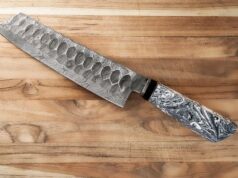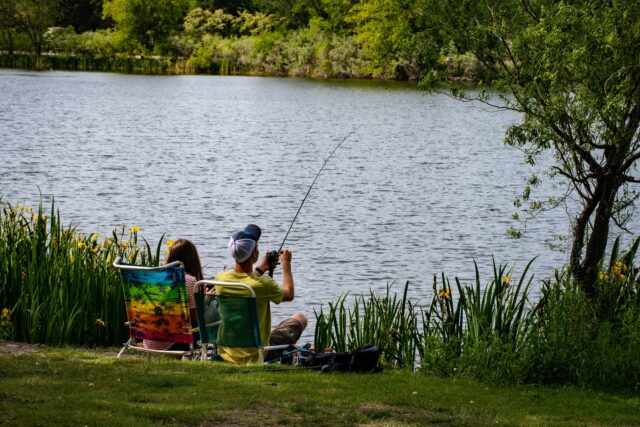
We are well into the spring season, and summer will soon be upon us. That means we will be able to partake in the great outdoors and all of its attendant activities, such as hiking, biking, and fishing.
The latter is perhaps the ultimate outdoor sport, a combination of technique, meditation, and general knowhow aided by the use of different kinds of specialized equipment. Spending hours in the sun, chatting, or waiting in silence as a fish swims by and grabs the fishing pole hook, line, and sinker – as the saying goes – is one of the best old fashioned pleasures out there.
If you’re a beginner and wondering how to go about fishing, and need help figuring out what tools are needed to secure the best experience possible, then this handy primer is for you.
An Ace Fishing Rod
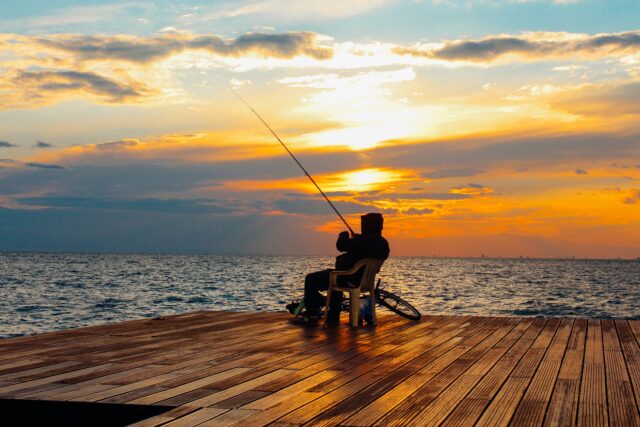
Let’s start with the most basic and essential of tools: a fishing rod. Of course, you’ve seen this before, but to briefly recap, it is a long flexible rod – or, a stick in its simplest of forms – attached to a line ending in a hook. There are all kinds of models available nowadays, and this site provides a useful view into what you can find. Some rods can vary in length running up to even 20 feet. You should look into the various options and see what feels most comfortable to you.
Some popular models focus more on the power component of a rod, zeroing in on its durability so that you can catch “the big one” without ruining the rod or breaking your back, for example. Others focus on the action of the rod itself, which is essentially how quickly you can bend the handle once a fish takes the bait.
A slow action rod can provide a modicum of flexibility to the pool as you reel in the fish, whereas a fast action one is slightly more rigid meaning they’re really great for heavier pieces of bait, which can allow you to fish in lakes with a lot of vegetation – and also grab a bigger fish. So find a good fishing rod based on your own needs and where you think you’ll be doing most of your fishing.
Bring Extra Line
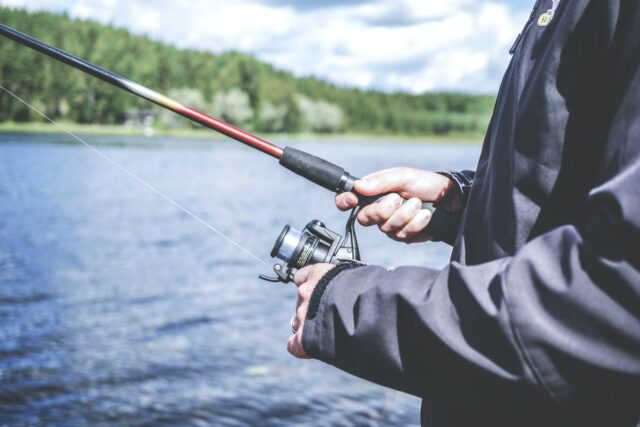
A rookie mistake often made is going out finishing without an extra line, thinking that what you have attached to the rod is enough. Well, it isn’t. This is because fishing lines will break super quick most of the time, whether because you managed to get a monstrous fish – only to have it tear away the string before you can reel it up, or it gets tangled on your way to the finishing trip.
In any case, it’s prudent to bring some extra line with you. You should purchase a line depending on the kind of fish you would like to attract; if you’re fishing in rougher conditions or are out to catch a big fish, then get a heavy line that is more durable. However, if you’re fishing in a beautifully serene, crystal blue lake, then you need the line to be invisible and a little sneaky. In that case, choose a thin, clear line to easily fool the fish.
Keep a Variety of Hooks On Hand
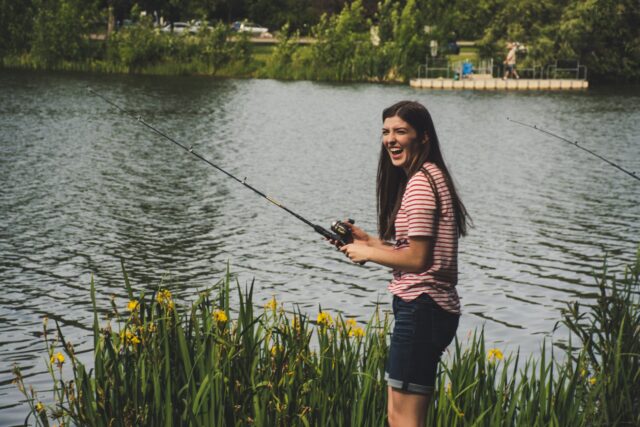
Each type of fish will respond differently to different kinds of hooks. Therefore, keeping a variety of hooks in your tackle box wouldn’t be a bad idea. The classic j-hook is always handy, as is purchasing them in a variety of sizes. Other types are available, too, such as the so-called french hook.
Either way, make sure that you keep a variety of sizes readily available so that you can, for example, grab river trout easily without using a hook meant for a much larger catfish. Again, assess your needs, and keep your tackle box stacked accordingly.
Colorful Bobbers
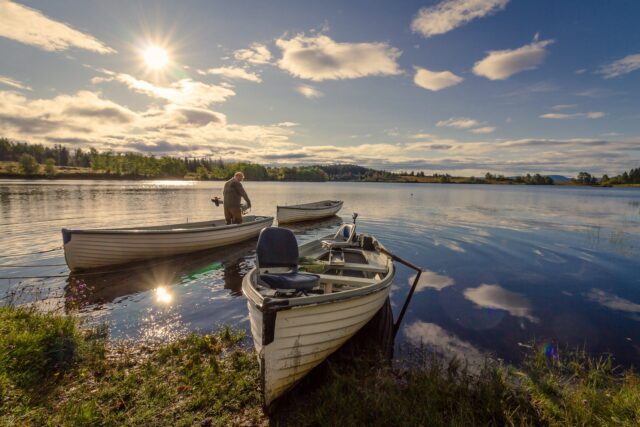
At first glance, the utility of these colorful little mechanisms might seem a little dodgy. However, dodgers – also called floaters – are helpful in letting you know when you get a bite from a fish. If you get a bite, the bobber sinks, which means you need to reel in your catch quickly.
Even though the old fashioned red bobbers remain the most widely used, other types can prove to be helpful, such as slip bobbers. These might be for the more advanced fishermen, but essentially they allow you to get the hook deeper into the water so that no momentum is wasted with your catch.
Bait
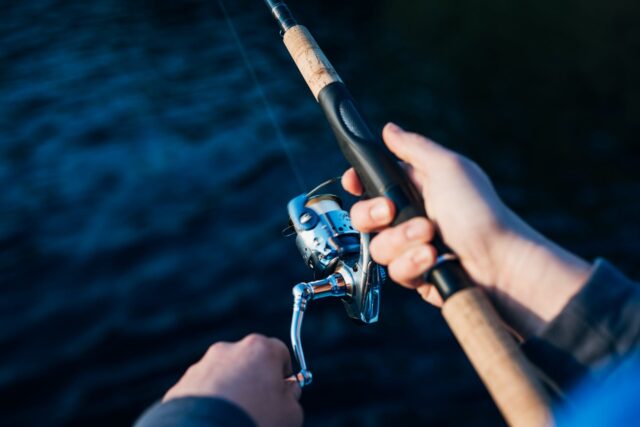
Of course, this is incredibly important – otherwise, you have nothing to entice the fish with. Live bait in the form of worms is perhaps the most popular, and they lead to success fairly easily even for newbie fishers. That being said, if you hate the smell, or simply don’t have enough live bait on hand, then you can also invest in a few plastic worms.
These come in a wide array of colors and sizes, and because they have long tails, it’s easy for beginners to add it to the hook. However, even more experienced fishers swear by these tools since they are attractive enough to entice more bites from fish – which can make the experience a bit more successful, an important point even for people new to this sport.
Needle Nose Pliers

Ok, so you caught your first fish! You managed to reel in the catch, and are excited by this milestone…however, you need something to take the hook out of the fish. This is where the needle nose pliers come in. They quickly and easily take out the hook without hurting you or the fish more than necessary.
These are definitely the absolute essentials you need to keep with you as you embark upon your first trip to the great outdoors and go fishing. The only other things you need are a small first aid kit, just in case, and lots of sunscreen. While you’re bound to get a bite on your fishing line, be prepared to stay out there for a long time, waiting, chatting with a friend, or just silently taking it all in. After all, fishing is not just about the catch – it’s also about enjoying the serenity of your surroundings.



